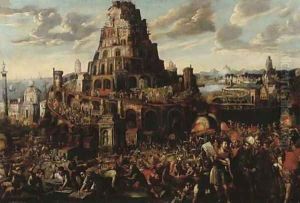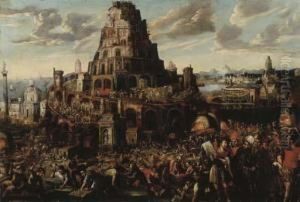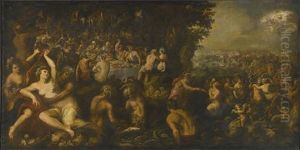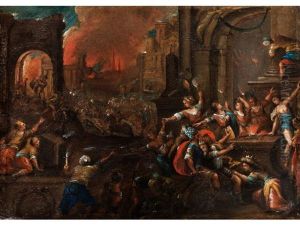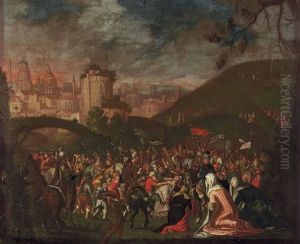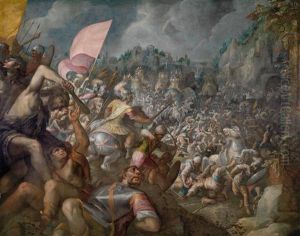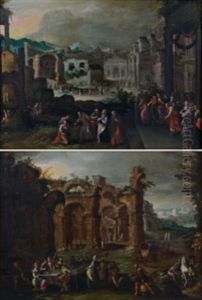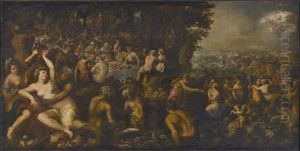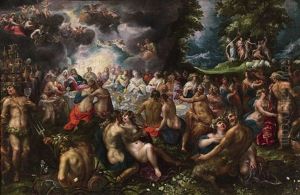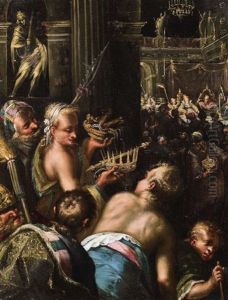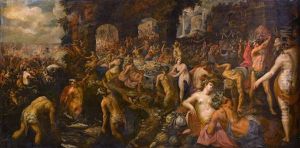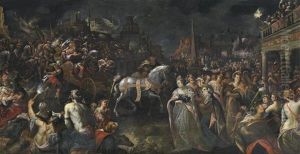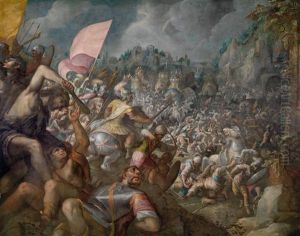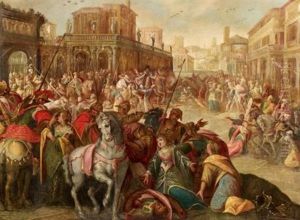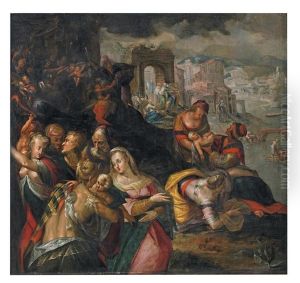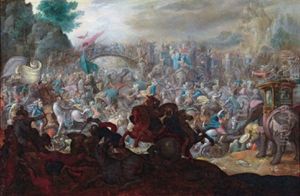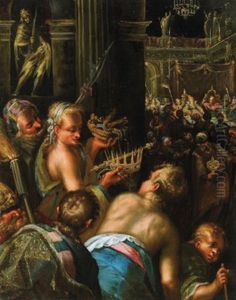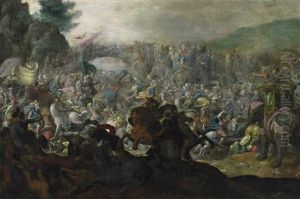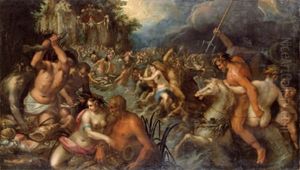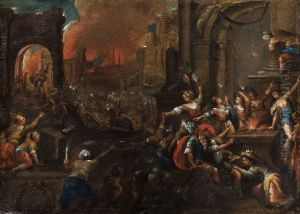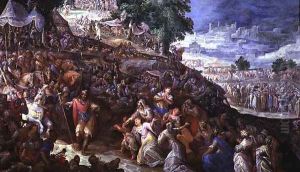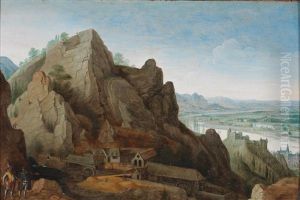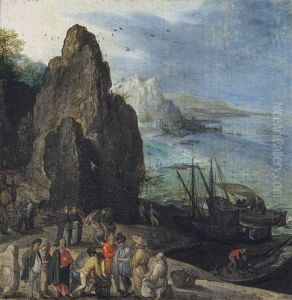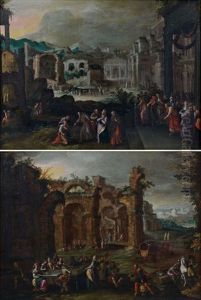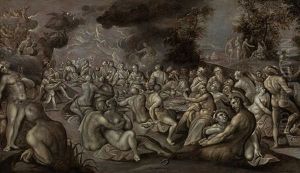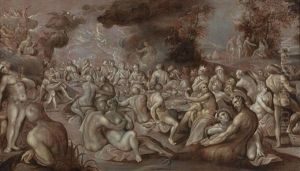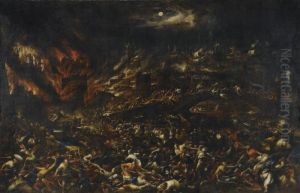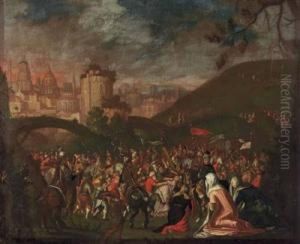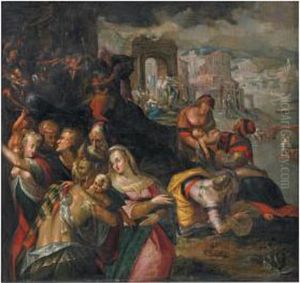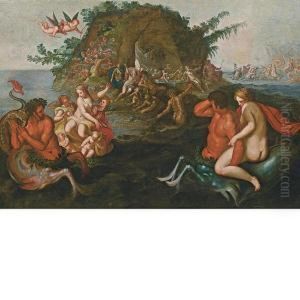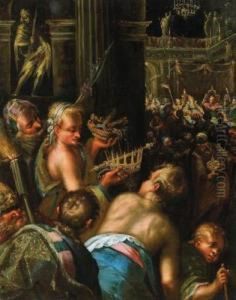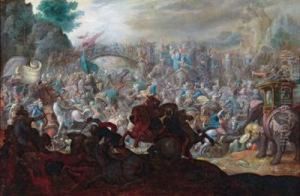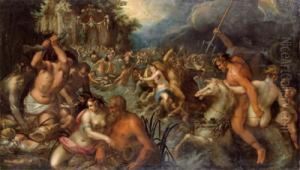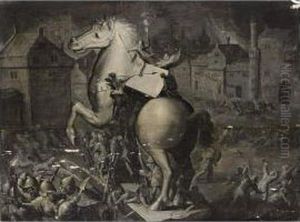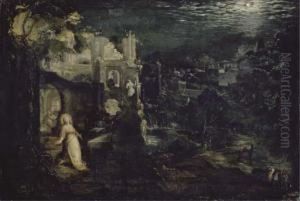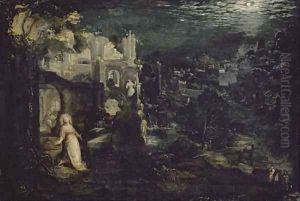Gillis van Valckenborch Paintings
Gillis van Valckenborch was a Flemish painter born into a family of artists in Antwerp, a key center for the arts during the late 16th and early 17th centuries. The Valckenborch family is notable for their significant contribution to the Northern Renaissance and Mannerist art, with several members, including Gillis, achieving recognition for their work. Gillis was particularly known for his landscape and architectural paintings, which were influenced by the shifting artistic trends of his time.
From a young age, Gillis was immersed in the artistic environment thanks to his family's background. His father, Marten van Valckenborch, was also a renowned painter, and it is believed that Gillis received his early training from him alongside his brother, Frederik van Valckenborch, who would also go on to become a notable artist in his own right. This period was marked by religious and political upheaval in the Low Countries, which influenced the subjects and styles explored by artists of the time.
Gillis's work is characterized by detailed and imaginative landscapes, often incorporating elements of fantasy and the fantastical, reflecting the Mannerist style's penchant for artificiality and exaggeration. He was adept at capturing the intricate details of natural and urban environments, blending them with a rich palette and dynamic compositions. His paintings also occasionally featured biblical and mythological themes, showcasing his versatility and depth as an artist.
In addition to his work in the Netherlands, Gillis, like many artists of his era, traveled and worked in various parts of Europe, seeking patronage and new artistic inspirations. This mobility allowed him to interact with a wide range of artistic influences and styles, further enriching his work. Despite the challenges posed by the socio-political context of the time, including the Eighty Years' War, Gillis managed to sustain a successful career as an artist.
Gillis van Valckenborch's legacy endures through his contributions to the landscape and architectural painting genres, where his ability to fuse naturalistic detail with imaginative composition remains admired. His work provides valuable insight into the artistic and cultural milieu of the late Renaissance and early Mannerist periods in the Flemish region. Although not as widely recognized as some of his contemporaries, Gillis's paintings continue to be studied and appreciated for their artistic merit and historical significance.
